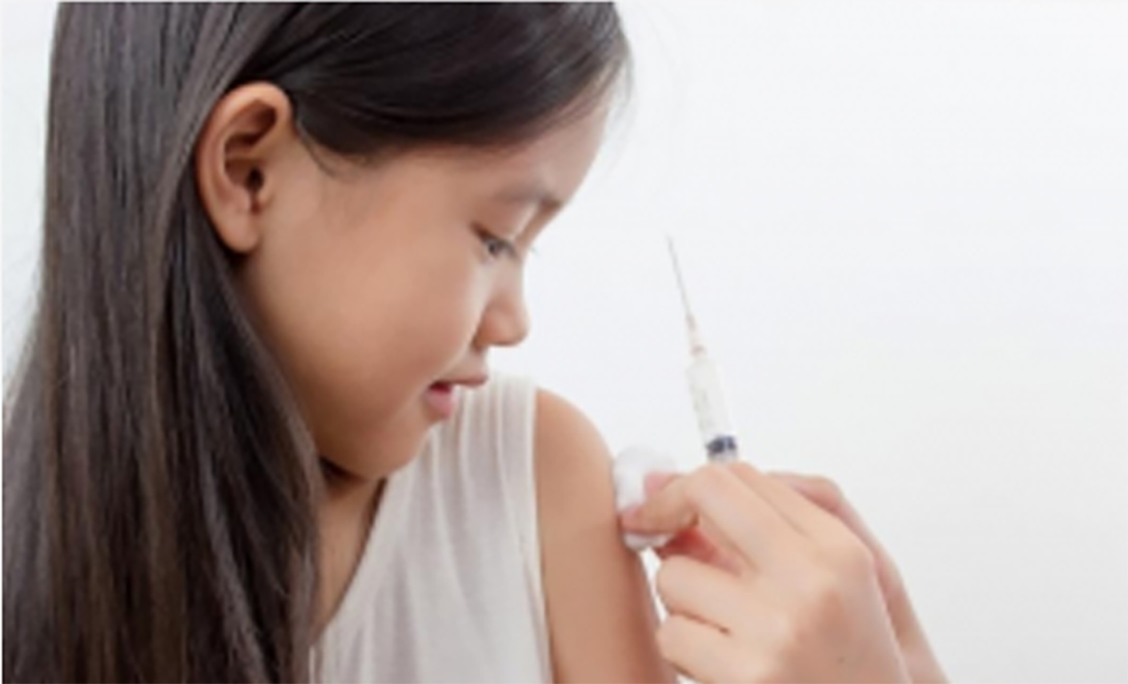- Home
- /
- Neo Genesis
- /
- Exosome for Joint Regen
Exosome for Joint Regen

Exosomes are tiny vesicles containing various bioactive molecules that can play an important role in disease treatment.
Osteoarthritis/Degenerative Joint Disease
- Genetic factors
Genetic factors play an important role in joint degeneration, and specific genetic variants may increase the risk of developing degenerative arthritis. - Lifestyle
Long-term overuse of joints or obese joints under long-term stress will cause the articular cartilage to degenerate and wear, which may form bone spurs, joint deformation, and loss of elasticity, resulting in joint pain, stiffness, and even affecting daily life, making it impossible to function normally. Activity. In addition, joint injuries are also common causes of degenerative arthritis. - Environment
Environmental factors such as stress and pollution have also been confirmed to be related to the risk of degenerative arthritis.
- Young people
Although rare, due to changes in young people’s living habits in recent years, 1% of young people over the age of 30 have cases of degenerative arthritis, which is usually related to genetics and sports injuries. - Middle-aged people
Middle age is a high-risk stage for degenerative arthritis. On average, about 10% of people over 40 years old have knee joint problems, which often occur due to long-term work, sports injuries, etc. - Elderly
As we age, joint tissue gradually degenerates, and the elderly are a high-risk group for degenerative arthritis. According to statistics, 40% of people over 50 years old, 50% over 60 years old, and more than 70% of people over 70 years old suffer from degenerative arthritis of the finger joints.

Exosome Therapy
- TIMPs
The tissue metalloproteinase inhibitor family helps inhibit cartilage degradation, improve osteoarthritis and slow down the inflammatory response in joints. - IGFBPs
The insulin-like growth factor binding protein family plays an important role in the growth regulation of vertebrates and helps increase regeneration and repair capabilities. Research has proven that it helps repair knee cartilage and inhibits inflammation. - TGFβ
Transforming growth factor-β, stimulates the formation of cartilage, slows down chronic inflammation of joints, etc. - BMP Family
Bone morphogenetic protein family. Cytokines with ectopic osteogenic ability can stimulate mesenchymal stem cell tissue to differentiate and repair ligaments, tendons, nerve tissue, chondrocytes and osteoblasts. The ingredients are proven to be effective in bone synthesis and anti-inflammation. BMP2 can increase the ability of tendon-bone bonding; BMP7 can increase the ability of tendon-bone bonding and regenerate knee cartilage. Both BMP2 and BMP2 have been proven to contribute to knee cartilage repair and inhibit inflammation; BMP9 has been proven to contribute to knee joint cartilage defects. of repair. - VEGF
Vascular endothelial growth factor. It can promote angiogenesis, help improve blood circulation around joints and accelerate tissue recovery.
- Therapeutic effect
Reduce the pain of degenerative joints, control acute inflammation, and promote the growth of cartilage and bone tissue. - Tendon repair
Promote the replenishment of ligament collagen, strengthen muscle membrane endurance, and increase the connection between tendons/ligaments and bones. - Tissue Regeneration
Promote the growth of ruptured muscle bundles and relieve muscle fibrosis, stabilize the connections between muscle cells, and repair pain symptom.Induces cartilage regeneration, stimulates bone regeneration, and accelerates the repair of defective parts.
British Precision Targeting Technology:
Accurately target lesions to reduce waste and interference
Taiwan’s exclusive intelligent variation point control design:
To avoid the occurrence of other ineffective reactions and affect efficacy
International Leading Technology Application:
Effective design and application in various fields to benefit the needs of all ethnic groups
Knee: degenerative knee arthritis, semilunar valve cartilage laceration, ligament injury, patellar chondromalacia, tendonitis, synovial fluid Bursitis
Shoulder: Rotator tendonitis or rupture, biceps tendonitis, frozen shoulder, subdeltoid bursitis, shoulder labrum cartilage tear
Ankle and sole: medial and lateral ligament strain or rupture, disjunct chondritis, sole fracture or dislocation, plantar fasciitis Achilles tendon tear
Common pain points and reflex pain points: Stiff neck, head and neck pain, shoulder pain, upper limb pain, back pain, waist pain, lower limbs sore
| Exosomes | PRP | |
| Bioactive | Multiple bioactive ingredients | Single ingredient |
| Therapeutic effect | Promote cartilage proliferation and slow down inflammation | Only for painful inflammation |
| Product Source | Stem cells | Patient’s own blood |
| Blood Drawing Requirements | Not required | Blood must be drawn |
| Treatment Time | Can be injected directly | It is necessary to draw blood and centrifuge it for more than 30 minutes before injection |
| Product contamination risk | All products are tested for sterility, endotoxin and mycoplasma | There is a risk of contamination in the process from blood drawing to injection and the quality is unstable |
| Not applicable to patients | Cancer patients | Patients with cancer or blood-related diseases |

- Professional papers
Research literature related to joint degeneration published in international journals provides a wealth of academic references. - Case Study
Case studies by medical experts from various countries explore treatment options for joint degeneration from different angles. - Transnational cooperation
International collaborative research has brought about breakthrough technologies and treatments, and opened up research in the field of joint degeneration category.
References:
- Bach, L. A. (2018). 40 YEARS OF IGF1: IGF-binding proteins. Journal of Molecular Endocrinology, 61(1), T11-T28.
- Schwarting, T., Schenk, D., Frink, M., Benölken, M., Steindor, F., Oswald, M., Ruchholtz, S., & Lechler, P. (2016). Stimulation with bone morphogenetic protein-2 (BMP-2) enhances bone-tendon integration in vitro. Connective tissue research, 57(2), 99–112.
- Schwarting, T., Benölken, M., Ruchholtz, S., Frink, M., & Lechler, P. (2015). Bone morphogenetic protein-7 enhances bone-tendon integration in a murine in vitro co- culture model. International orthopaedics, 39(4), 799–805.
- Shah, S. S., & Mithoefer, K. (2020). Current Applications of Growth Factors for Knee Cartilage Repair and Osteoarthritis Treatment. Current reviews in musculoskeletal medicine, 13</i >(6), 641–650.
- Liu, X., Du, M., Wang, Y., Liu, S., & Liu, X. (2018). BMP9 overexpressing adipose-derived mesenchymal stem cells promote cartilage repair in osteoarthritis-affected knee joint via the Notch1/Jagged1 signaling pathway. Experimental and therapeutic medicine, 16(6), 4623–4631.
- Cook, S. D., Patron, L. P., Salkeld, S. L., & Rueger, D. C. (2003). Repair of articular cartilage defects with osteogenic protein-1 (BMP-7) in dogs. The Journal of bone and joint surgery. American volume, 85-A Suppl 3, 116–123.
For enquiries, please contact
Tel: (852) 3160 4886
Email: neo@neohealth.com.hk

Vaccination
Prevention is better than cure
At Neo-Health, we provide the following vaccination services: Gardasil 9, the new HPV vaccine; travel vaccines; and other general vaccines for you and your family.

Specialist Services
Multi-disciplinary specialists
- General surgical procedures
- Obstetrics and Gynaecology
- Urological Health
- Cardiovascular health
- Medical Oncological Health


